#volva
Photo
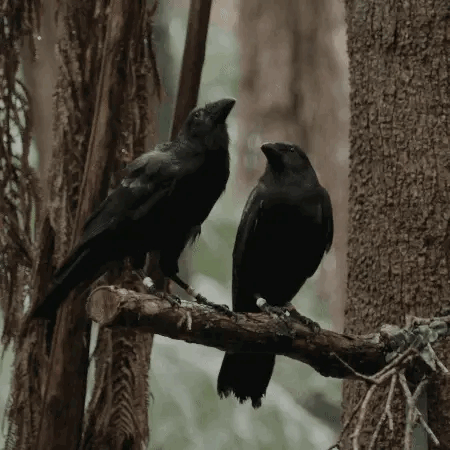
Thought and Memory...
🍂🍁Fall vibes🍁🍂
#hugin and munin#norse paganism#odin's ravens#fall vibes#witch life#witch craft#fall aesthetic#fall solstice#halloween#hedge witch#volva#ravens#norse mythology
724 notes
·
View notes
Text

Witchsona 2024
It's the full moon of January (the Wolf Moon) which means it's time once again for my annual Witchsona art. I discovered a few years ago that I come from an unbroken matrilineal line originating in Trømso. I think that's really neat! So I honor that heritage by making my Witchsona a Norse völva. I've been making witchsona art every year for eight years now. This year I revisit my comfort wardrobe from witchsonas past, tribal fusion bellydance, while attempting to retain the general vibe of a völva.
My hair still isn't snow white, and I'm still very annoyed about that.
[Image Description]
Under a starry sky with a cool blue aurora, a volva in an antler headdress and tribal fusion bellydance style clothing holds a staff in one hand and flicks a flash of blue magic upward with the index finger of the other hand while standing solitary on a field of nighttime snow. She is adorned with stylized body paint, jewelry, many bracelets, and a raven skull at the end of a beaded necklace. Her staff has raven feathers and gemstones tied around it, and bear teeth sticking out of the top.
[/Image Description]
11 notes
·
View notes
Text
“The sun did not yet know
where it rested at evening,
the stars did not yet know
their places in the sky,
the moon did not yet know
what kind of power it had.”
Voluspa - “The Witch’s Prophecy”
The Poetic Edda: Stories of the Norse Gods and Heroes (Hackett Classics), tr. Jackson Crawford
st. 5 - describing the beginning of the world
#voluspa#the poetic edda#reading the poetic edda#poetic edda#poem#norse prayer#norse runes#norse deities#norse polytheism#norse pagan#norse mythology#norse#quotes#edda#odin#odinism#volva#viking age#vikings#medieval#norway#iceland#mine#sun#creation#creation of the world#moon#stars#beginning of the world
64 notes
·
View notes
Text
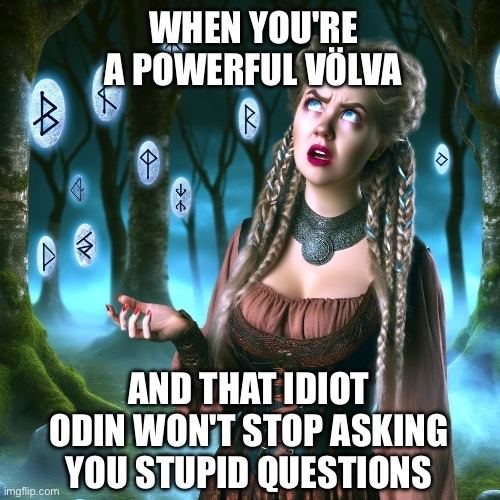
#völuspa#voluspa#seeress#norse mythology#scandinavian mythology#old norse#paganism#viking#mythology and folklore#mythology#poetry#poetic edda#volva#völva
6 notes
·
View notes
Text
Why study anything when I can just buy an initiation to become a 'Vølve' on Etsy? Apparently this person has access to "a long-forgotten and very detailed BLOT ritual" which will immediately turn me into a Vølve and tie me to Odin and Freyja, for the low price of 100,-! So why bother studying, right?
#scams#etsy scams#I get so tired of these 'shops' on etsy#and you can't report them because they do the whole 'for entertainment only' song and dance#ugh#paganism#paganblr#heathenry#volve#volva#heathen#pagan scams
41 notes
·
View notes
Text

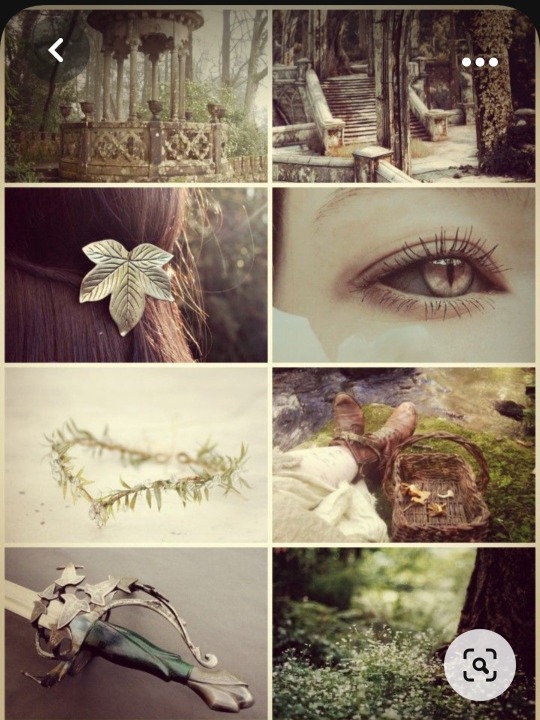


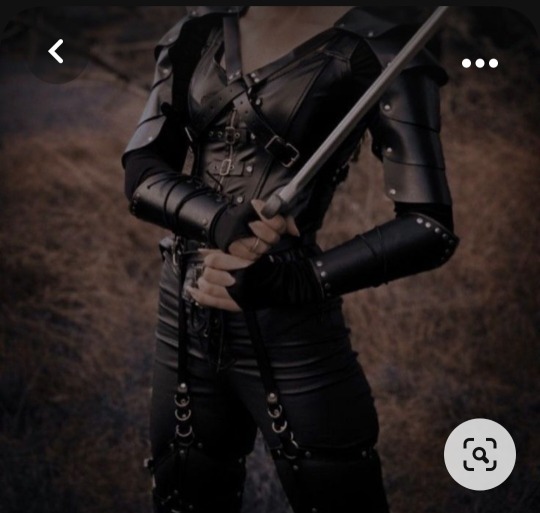



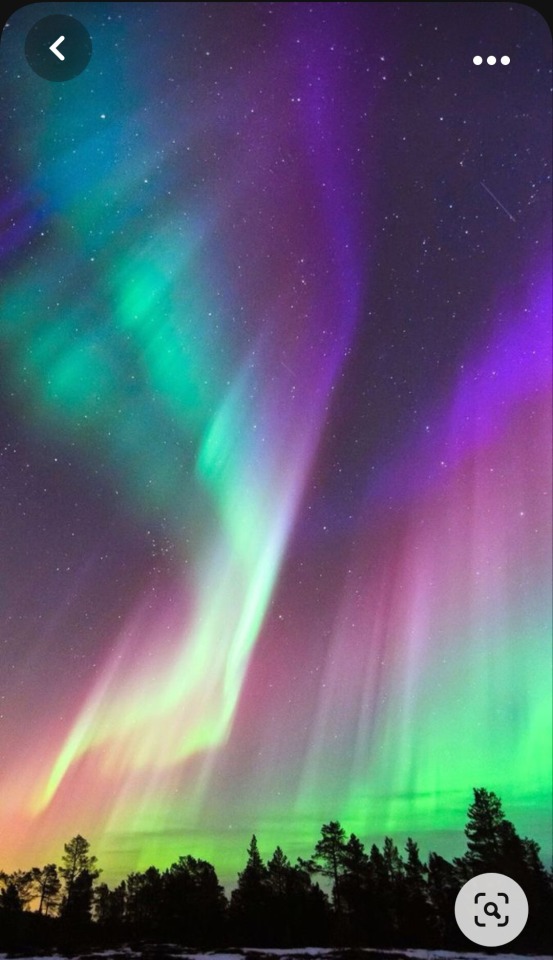
Sigyn Ivarrsdottir of Alfheim Aesthetic
🤩🤩🤩🤩🤩🤩
#sigyn#justice for sigyn#volva sigyn#valkyrie sigyn#valkyrie veteran sigyn#alfheimr nobility#asgardian nobility#asgardian royalty#volva#valkyries#aurora borealis#pink magic#yes currently jennifer connelly looks kinda like how i imagine mcu sigyn to look like#except sigyn in my mcu fics got pointy ears
14 notes
·
View notes
Text



First tattoo set of nordic gods.
LOKI
VOLVA
FREYJA
#gigital art#my art#artists on tumblr#artwork#nordic#runes#loki#freyja#volva#north mythology#tatto design#tattoos#hope you like it#sorry after some news I cant draw something#but here it is
66 notes
·
View notes
Text
youtube
#pagan#witch#witchcraft#heathen#magic#folk witch#norse witch#wardruna#skald#seider#volva#Norse pagan#healing mountain#shaman#spirit flight#trancework#Youtube
2 notes
·
View notes
Text

Frigg, the Norse Goddess of Matrimony and Motherhood, Protector of Women and Children, was also a powerful Volva, a practitioner of Sedir, a type of magic that allowed her to both foresee and alter the future.
#queen frigga#frigg#norse goddess#aesir#volva#sedir#seer#oracle#ai artwork#norse paganism#paganblr#pagan community
3 notes
·
View notes
Text

Mood board for the Norse goddess Freyja, goddess of war, sexuality, witchcraft, and death
#norse#norse paganism#norse mythology#norse folklore#norse gods#Norse goddesses#goddess#goddess freyja#freyja#viking#Vikings#Viking goddess#norse witch#witchcraft#witch#Scandinavian paganism#volva#volur
25 notes
·
View notes
Text

RUNE LORE - THURISAZ ᚦ
The rune of chaos and order, the powerful forbidding, uncontrollable force. Thurisaz can be used for both protection and defence. If we think of a mountain what comes to mind is stillness, lack of action and contemplation, a mountain is a shield and defence to the homelands below. However, a mountain can also be a hospitable place and like Thurisaz is a clash of the two polarised forces, life and death. Chaos and order must exist together to create harmony and balance and it is integral to growing as a human being, sometimes the old must be broken through in order to test the new. Remember there is a powerful moment of surrender in between implosion and explosion, this is the power of Thurisaz
Thurisaz is the 3rd rune in the Elder Futhark and Freys Aett and is pronounced Thor-is-as and means Thurses (Giant). This runes power is held by the thurses (Giants) and is directed against the Æsir, however the Æsir match that power through the warder of Asgardhr, Thor creating balance.
This rune represents the Jötnar power active in the physical plane and for this reason this rune in my opinion is one of the most powerful runes in sorcery and needs to be handled carefully. Like the mountain this rune has a life and death polarity, it can heal or destroy. This rune will help you communicate with the Jötnar and to ask for their protection, I find this particularly useful when aligning myself with the forces of nature, if you go out on a stormy day, stand there for a moment and feel the power of this rune, this is the runic power of Thor and the Jötnar.
In Divination this rune indicates that an appropriate use of force is needed, balance must be struck with regard to health, finance, or relationships. Thurisaz is about mastery of ourselves and the world around us. If you draw this rune, think about the best forms of defence, for example think of jealousy or pride, how do these actions cause harm to those around us, think about how many times we think we are protecting others from harm when we are actually damaging them. This rune indicates there must be balance and to look at the larger picture.
ASSOCIATIONS
Symbol: Mountains, there brutal force but also their ability to observe without taking action
Gods: Thor the protector, Ymir the primordial being in the frozen land
Element: Both fire and water, the opposing elements that gave life to the primordial giant Ymir
Tree: Blackthorn, for its strong symbolism to overcoming obstacles
Healing: Through Thurisaz you become the agent of your own healing by becoming self-aware and deepening ourselves as humans
Colour: White
Stone: Bloodstone, the energy of this stone can be used in conjunction with Thurisaz to clear blockages, to rebalance and to rebalance
Written by Freyja Mae Lomas
Artwork by Dilyana Bozhinova
17 notes
·
View notes
Photo
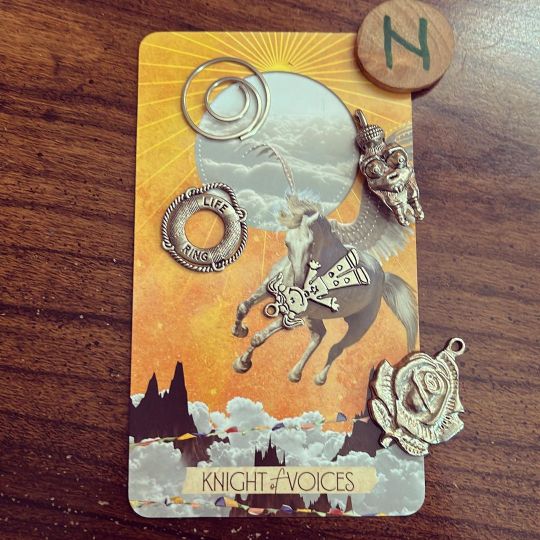
Ok, so here’s a thing. Your inner child, the little one who has been waiting and waiting to be in charge again, is done waiting and has grabbed the wheel. This doesn’t have to be a bad thing. Follow her (or them or him) and let them lead. Changes are coming and it might be easier to accept them if you approach it all with the innocent wonder and curiousity of a child. You won’t be without aid, and it’s certainly not the end of the road; it’s just a bit of upheaval that’s been needed for awhile to shake the cobwebs out. You’re blessed and watched over so don’t be afraid. Practice welcoming change like a new friend. Engage with it and move toward it. Don’t run and hide. [Image shows the Knight of Voices card from The Muse Tarot, the Norse rune Hagalaz, the Venus of Willendorf charm, the Spiral charm, the Life Preserver charm, the Little Girl charm, and the Rose milagro.] #tarot #oracle #runes #charms #vitki #volva #disir #ancestors #seer #tarotreading #tarotreadersofinstagram #tarotcards #dailytarot #tarotadvice #divination #divinersofinstagram #charmcasting #TheMuseTarot #TheMusesDarling #witchesofinstagram https://www.instagram.com/p/CpVZb7ZJGL7/?igshid=NGJjMDIxMWI=
#tarot#oracle#runes#charms#vitki#volva#disir#ancestors#seer#tarotreading#tarotreadersofinstagram#tarotcards#dailytarot#tarotadvice#divination#divinersofinstagram#charmcasting#themusetarot#themusesdarling#witchesofinstagram
9 notes
·
View notes
Text

Witchsona 2023
It has become an annual tradition for me to draw my witchy self for the first full moon of the new year. Here she is under the pink and blue lights of the aurora borealis.
11 notes
·
View notes
Text
The amazing Seo Helrune will be teaching "The Völva and the Witch: Spinning, Seiðr, Knots, Luck, and Elves" on October 7, 2023 at 12:00 PM Eastern! Live online, and also it will be recorded so you can watch it later if you can't make the live event.
Description: Ever read Ynglinga saga 7 and wonder about the seiðr that seems to have existed beyond the high seat? If so, this class is for you!
When modern Heathens and other interested magical practitioners think about seiðr, the image that most commonly comes to mind is that of the völva (seeress) on her high seat as depicted in Eiríks saga rauða/Eric the Red’s Saga. It is this image as interpreted via early 20th century scholarship arguing for seiðr as a form of shamanism and Harner’s “core shamanism” that has largely shaped modern recreations of seiðr.
However, when we look at the following section from chapter seven of the Yngling saga, it’s clear that there was much more to seiðr than the high seat:
“Odin knew and practised that craft which brought most power and which was called seid (witchcraft), and he therefore knew much of man's fate and of the future, likewise how to bring people death, ill-luck or illness, or he took power and wit from them and gave it to others. But in promoting this sorcery, lack of manliness followed so much that men seemed not without shame in dealing in it; the priestesses were therefore taught this craft.”
(trans. taken from here)
Well, would ye know yet more?
In this class, I’m going to take a look at seiðr beyond the high seat. We’ll scrutinize the association with shamanism, consider the connection between spinning and seiðr, leap into the matter of luck, vent about the Vanadís, meet with some mound priestesses, get egregious with ergi, pour over possible survivals of seiðr in Early Modern witchcraft accounts, and ask the question so many have asked before: What is up with the elves?
Along the way, we’ll also talk staffs, gandr spirits, weird magical experiments, and so much more!
Caveat: Please note that this class will include discussion of adult themes. Please do not sign up if you are underage or prefer to avoid such topics.
Live attendance not necessary. All ticketholders receive links to attendee packs/recordings after the event.
2 notes
·
View notes
Text
STJÖRNUÍÞRÓTT – NORSE CONSTELLATIONS & MYTHS WITH ASTRONOMY.
Astronomy, stjörnuíþrótt in Old Norse, is the science of surveillance of the stars.
A communal way to understand constellations in modern days is with the Greek mythology and its heroes, nevertheless, each civilisation would have its own interpretation of stars, constellations, and astronomy as a whole. This branch is often called cosmology, only many mistaken it basically as a formation and the fundamental myths, rather than the learning of the evening sky.
Vikings were astonishing guides, with their continuous wandering by boats and etc. therefore, it demonstrates how capable they were to circumnavigate even during the night, where the only visible objects were stars, showcasing that they did custom a form of astronomy.
Ursa Major / the Great Bear – the Wagon.
This constellation is the most common one known. During the Viking age, it was insinuated to as the Wagon.
In some areas it was referred to as Óðinns vagn, associating it with Óðinn and his travelling through the realms; vagna verr (wagon’s lord), valdr vagnbrautar (ruler of the wagon road).
Though, the god associated the most with chariot was in fact Þórr as it was believed that when the skies rumbled and thunder echoed, it was him who rode his chariot through the skies. Karlavagnen, and Karlsvagn translated as “the man’s chariot” which, along with the name Kvennavagn ,or “woman’s chariot” given to Ursa Minor, suggests the gods associated with chariot driving were Þórr and Freyja.
Ursa Minor was meticulously connected with Ursa Major and was seen as the Chariot of Freyja. The constellation looks alike to a chair; thus, it was also denoted to as a throne, yet many would believe that it was the throne of Þórr as he was at times depicted sitting on a decorated chair. In a way, Freyja was the goddess of siðr which was a mutual practice of the Vǫlur who were often seated and elevated during the rituals.
Aurvandill’s toe.
There is no set understanding as to which star was exactly the toe of Aurvandill, but many believe that it was Rigel – within the Orion’s belt. And some believe that it is Venus – Venus appears in the sky as a bright crescent, due to its position in the solar system, and resembles a toenail.
Orwandil was Orion in Old Norse, with Rigel being his toe.
Corona Borealis is another likelihood, not only because of its outline as Saxo Grammaticus writes in Gesta danorum of a fight between a King Horwendil, and King Koller and Horwendil kills Koller by cutting off his foot. This may have been constructed on previous legends of an endless contest between spring and winter, in which spring prevails at the end of the day.
The Corona Borealis is a spring constellation, noticeable only once spring arrives.
Both Koller’s foot, and Aurvandil’s toe could be seen as predecessors of springtime.
Eyes of Þjazi.
The myth is well known with Loki kidnaping Iðunn, with the giant Þjazi, who is killed during the rescue of Iðunn, and when his daughter, Skaði, travels to Asgard seeking amends for her father’s death, she is allowed to choose a husband from among the Æsir. In this myth, she had to choose based only on their feet. She chooses Njôrð, thinking the most beautiful feet must surely belong to Baldr.
Loki then performs some silliness with a goat in order to make her laugh, and Óðinn also appeases her by casting her father’s eyes into the heavens where they will shine as the constellation.
The Lay of Harbard contradicts this myth as in it Þórr was instead responsible for creating this constellation:
Strong Thjatsi, the thurs, I overthrew in battle,
and the awful eyes of Alvaldi's son
I cast on the cloudless sky.
Those be the mighty marks of my great works.
Þórr casts the eyes into the sky as trophies, rather than an apology.
The two stars were most likely the commonly known stars Castor and Pollux, in the constellation of Gemini. They are of an alike brightness, visible, and an appropriate distance apart to resemble eyes in the firmament.
They reach their peak in the sky in January, linking to Skaði who is a winter goddess.
Frigg’s Distaff / Chariot of Freyja – Orion.
Orion’s belt was known as Friggerock (Frigg’s distaff) also Rejerock or Fröjas Rock, and the three stars which made up the traditional Orion’s sword were the spindle. In several areas of Scandinavia, the whole constellation was seen as the goddesses’ form.
As the web of fate that guided one to the other stars, and therefore either to a misadventure or homespun, depending on one’s ability to navigate.
Orion was also known as Freyja’s Dress, and the belt and sword as Freyja’s Girdle.
Brisingamen was sometimes referred to as a girdle. It would have also been associated with Freyja (Vanadis) where it was known as such. The three stars of Orion’s belt were also known as Fiskikarlar (the fishermen) in Iceland and Norway, and in upper German lands as ‘the three mowers’.
Lokabrenna.
Sirius is the brightest star in the sky, part of the Canis Major constellation and in fact is a binary star system. The star to Vikings was known as Loki’s Brand, or even Loki’s Torch (Lokabrenna) – linking to his role in Ragnarǫk, when the human realm begins to be consumed in a fire.
Sirius is also known as ‘the dog star’, which is associated with the hottest summer days, known as ‘the dog days’, and this is when the star can be seen the most. In a way, it was a warning for the Vikings before the hot summer days or a possible apocalypse of a Ragnarǫk if the texts came true.
The God’s nail – Polaris.
The Northern star, Polaris was clearly an important star for navigation, especially during sea travels. Known as Leiðarstjarna (lode-star/guiding star), as the Anglo-Saxons called it ‘the ship’s star’.
To Scandinavians it was also known as ‘the God’s Nail’, which associates it with Þórr as a chief deity, rather than Óðinn. Homes were built with a central pillar dedicated to Þórr, in which nails were driven.
The pillar of the world, the axis around which the cosmos spin is the North Star and its further and important association with Þórr is made apparent by this practice.
The Mouth of the Wolf and Road to Hel.
Hyades open star cluster is known as Ulf’s Keptr (the Mouth of the Wolf), referring to Fenrisúlfr, however many believed that it was referred to Garmr, the guard and the protector of the gates at the end of the road to Hel.
These stars often appear in the constellation of Taurus, the brightest stars forming a ‘V’ – linking to Milky Way being that road to Hel.
The constellation of Pegasus is linked to Hellewagen, which is the wagon of the dead souls that travelled to Helweg (the gates to Hel).
Bifröst or Ásbrú is also linked to the Milky Way, while it is commonly accepted that rainbows and the aurora borealis are seen as the appearing of Bifröst, however seeing the Milky Way as the road to the underworld. During the months of winter, the world of the dead is closer to the living as this concept is seen in many Indo-Europeanpeople’s mythos, which means that rainbows were rare. Bifröst can appear in many forms, either it being a rainbow and even a Milky Way or the Northern Lights.
Sometimes Heimdallr is seen as the moon, proving further the interpretation of the Milky Way as the Bifröst during the night.
Asar Bargadi – the God’s Battlefield, is a constellation nearby the Milky Way, and is believed to be the place where a final battle will happen – identified to us as Auriga.
#Norse myths#norse#Heathen#heathenry#norse heathen#astronomy#norse astronomy#thor devotee#volva#cosmology#norse cosmology#stars#constellations#constellation#Þórr
22 notes
·
View notes
Note
Would you say the blue mantle of seidr workers is because of Odin, or does Odin wear a blue mantle because of Seidrworkers? Does it matter, is the causation and correlation linear?
there could be a lot of reasons. the color might’ve had outside associations to divinity or magic, like how mother mary is depicted in blue to represent purity/holiness. odin is also alternately described as hooded and as wearing a broad hat, so the versions of him with a blue hood might be retroactive to reflect seidr workers. the two descriptions could have come from the same source, as a retroactive claim to support arbitrary aesthetics.
it “mattering”… i guess depends on if you care about uhh accurate uniforms? which. like i don’t think odin himself would give a shit. so.
11 notes
·
View notes